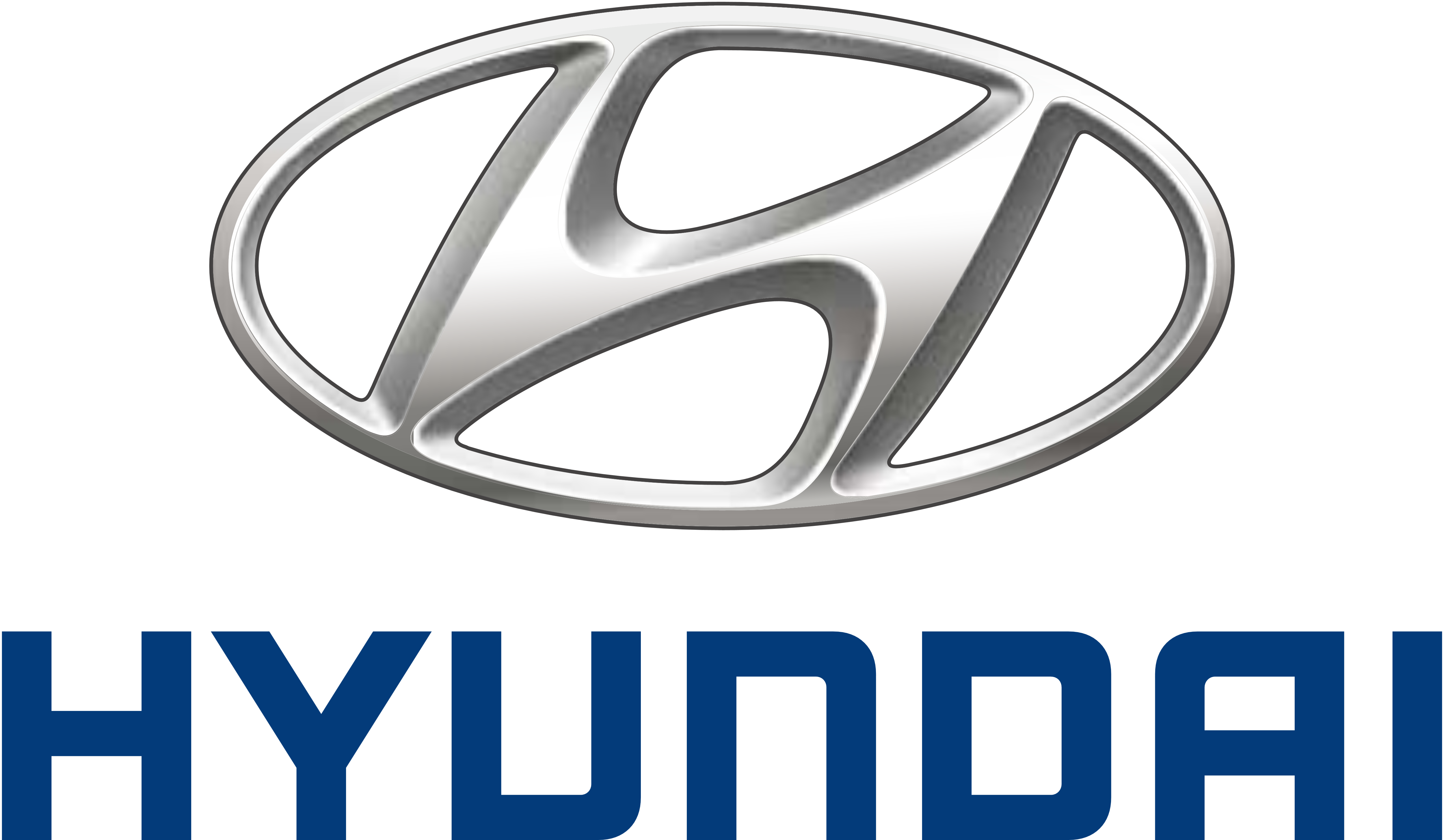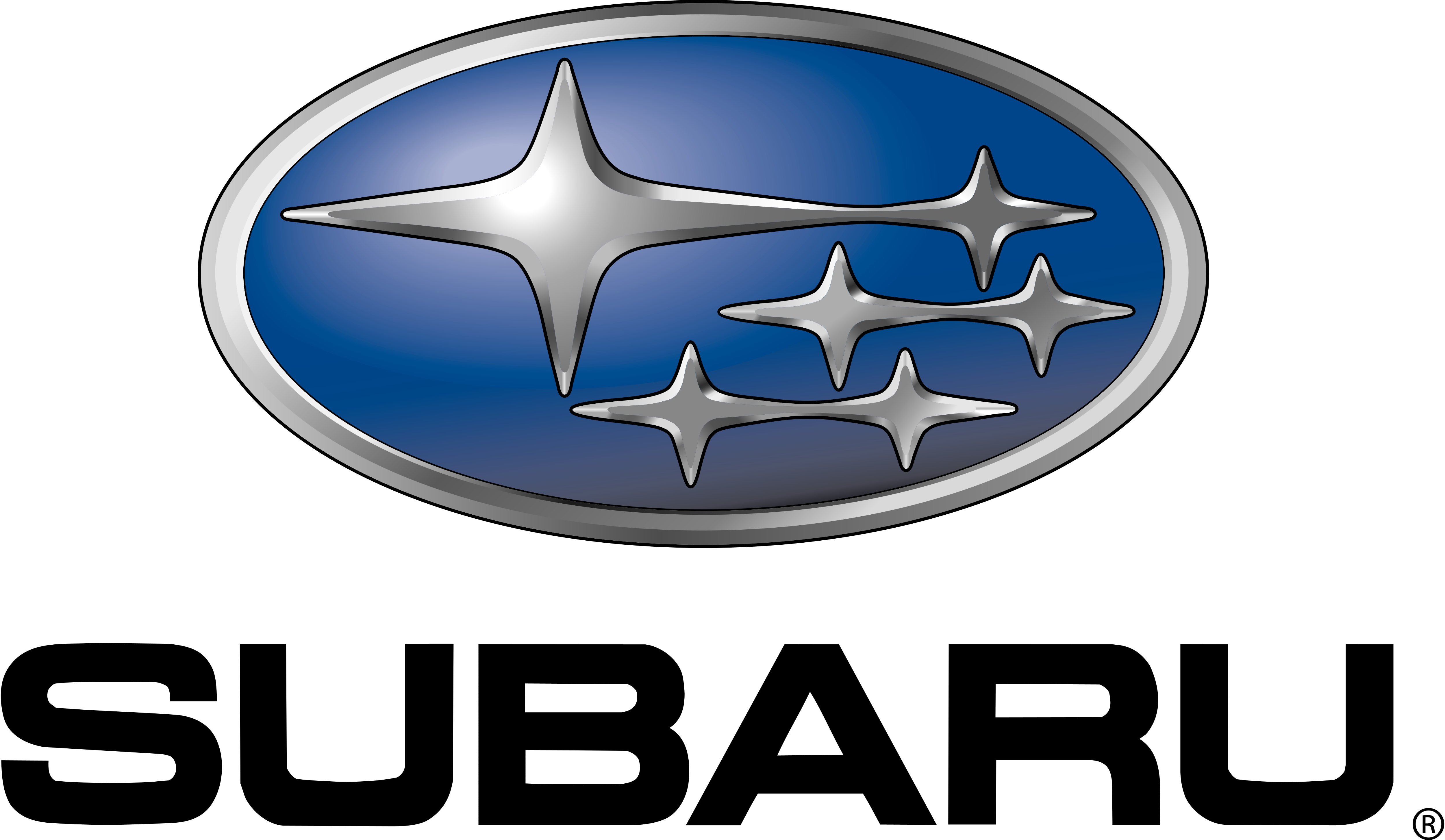

Collision Mitigation Braking System (CMBS): This system helps to reduce the likelihood of a frontal collision by applying the brakes when an unavoidable collision is detected, as well as incorporating an adaptive cruise control feature that will match the speed of the vehicle in front with an adjustable range of distance between each other.
Forward Collision Warning (FCW): Provides visual and audible alerts to warn the driver of an impending collision with the vehicle in front.
Adaptive Cruise Control (ACC): Allows the driver to set a desired speed and following distance from the vehicle ahead. The system will automatically adjust speed to maintain the set distance.
Multipurpose Camera Unit: This system is located in the upper windshield and can consist of multiple ADAS systems. Some of which being:
Lane Keeping Assist System (LKAS): Helps keep the vehicle centered in its lane by providing steering assistance.
Road Departure Mitigation System (RDM): Detects if the vehicle is leaving the road unintentionally and provides steering and braking assistance.
Adaptive Cruise Control (ACC): Allows the driver to set a desired speed and following distance from the vehicle ahead. The system will automatically adjust speed to maintain the set distance.
Blind Spot Information System (BSI): This system uses radar sensors to detect vehicles in the driver's blind spot and provides visual and audible alerts to assist with lane changes.
LaneWatch: Uses a camera mounted on the passenger-side mirror to display a wide-angle view of the passenger-side roadway on the infotainment screen, assisting with lane changes.

Adaptive Cruise Control (ACC): Automatically adjusts the vehicle's speed to maintain a safe following distance from the vehicle ahead. It can bring the vehicle to a complete stop in traffic and resume when traffic moves.
Frontview Camera Unit: This advanced camera, which is positioned inside the upper windshield, has a variety of systems stored inside the unit that will all work together to prevent potential collisions. Some of these systems being:
Forward Collision Alert: This system provides visual and audible alerts to warn the driver of an impending front-end collision with a detected vehicle.
Lane Keep Assist (LKA) with Lane Departure Warning (LDW): Lane Keep Assist provides gentle steering inputs to help keep the vehicle centered in its lane. Lane Departure Warning alerts the driver if the vehicle unintentionally drifts out of its lane.
Automatic Emergency Braking (AEB): Automatically applies the brakes if the system detects an imminent collision to help reduce the severity of the impact or avoid it altogether.
Blind Spot Information Monitoring (BSM): Uses sensors to monitor the vehicle's blind spots and provides visual and audible alerts if a vehicle is detected in those areas.
Parking Assist: GM vehicles often come equipped with various parking assist features, including front and rear park assist, which uses sensors to detect objects and provide guidance during parking maneuvers.
Surround Vision Camera: This system provides a top-down, bird's-eye view of the vehicle and its surroundings, making parking and low-speed maneuvering easier.


Cruise Control Module (CCM): Maintains a preset following distance from the vehicle ahead and can adjust your vehicle's speed to match traffic conditions.
Image Processing Module A (IPMA): This advanced camera, which is positioned inside the upper windshield, has a variety of systems stored inside the unit that will all work together to prevent potential collisions. Some of these systems being:
Lane-Keeping System: This system includes Lane-Keeping Alert, which warns you if you drift out of your lane unintentionally, and Lane-Keeping Aid, which can provide steering assistance to help keep you centered in your lane.
Pre-Collision Assist with Automatic Emergency Braking: This system helps you avoid or mitigate potential collisions with vehicles or pedestrians by providing warnings and, if necessary, automatically applying the brakes.
Blind Spot Information System (BLIS): Monitors your blind spots and provides alerts if there's a vehicle detected, helping you make safer lane changes.
Active Park Assist: This system takes the stress out of parking by taking control of steering, gear selection, and throttle and brake control for parallel and perpendicular parking.
360-Degree Camera System: Provides a bird's-eye view of your vehicle, making parking and maneuvering in tight spaces much easier. It combines images from multiple cameras placed around the vehicle to create a composite view displayed on your vehicle's infotainment screen.

Adaptive Cruise Control (ACC): Adaptive Cruise Control uses sensors to monitor the road ahead and automatically adjusts your vehicle's speed to maintain a safe following distance from the vehicle in front. It can speed up or slow down your vehicle as needed, making highway driving more comfortable.
Forward Facing Camera (FFC): This advanced camera, which is positioned inside the upper windshield, has a variety of systems stored inside the unit that will all work together to prevent potential collisions. Some of these systems being:
Lane Departure Warning (LDW) and Lane Keep Assist (LKA): Lane Departure Warning alerts you when your vehicle drifts out of its lane without using a turn signal. Lane Keep Assist, when activated, can gently steer your vehicle back into its lane to help you stay centered.
Forward Collision Warning (FCW) and Automatic Emergency Braking (AEB): Forward Collision Warning uses sensors to detect an impending collision with the vehicle in front and provides a warning. Automatic Emergency Braking takes it a step further by applying the brakes if you don't respond to the warning in time.
Blind Spot Monitoring (BSM): Blind Spot Monitoring uses sensors to detect vehicles in your blind spots and alerts you with visual or audible warnings. It helps you make safer lane changes by providing an extra set of "eyes" on the road.
ParkSense Park Assist System: This system uses ultrasonic sensors to help you park by providing visual and audible warnings as you get closer to obstacles in your path. It's particularly useful for parallel parking and tight parking spaces.
Surround View Camera: The Surround View Camera system provides a bird's-eye view of your vehicle, making parking and maneuvering in tight spaces easier. It combines images from multiple cameras to create a composite view displayed on your infotainment screen.


Smart Cruise Control (SCC): Smart Cruise Control, also known as Adaptive Cruise Control, uses radar sensors to maintain a set speed and following distance from the vehicle in front. It can automatically adjust your vehicle's speed in traffic to maintain a safe distance.
Front-view Camera Unit (FCU): This advanced camera, which is positioned inside the upper windshield, has a variety of systems stored inside the unit that will all work together to prevent potential collisions. Some of these systems being:
Lane Keeping Assist (LKA): Lane Keeping Assist helps keep your vehicle centered in its lane. It uses cameras to monitor lane markings and provides gentle steering corrections if you start to drift out of your lane.
Forward Collision-Avoidance Assist (FCA): Forward Collision-Avoidance Assist uses radar and camera sensors to detect potential collisions with vehicles or pedestrians in front of you. It provides warnings and can apply the brakes if necessary to avoid or mitigate a collision.
Blind-Spot Collision Warning (BCW): Blind-Spot Collision Warning monitors your blind spots and provides visual and audible alerts if a vehicle is detected in your blind spot while you're changing lanes.
Parking Distance Warning (PDW): Parking Distance Warning uses sensors to detect objects around your vehicle while parking. It provides visual and audible alerts as you get closer to obstacles.
Surround View Monitor (SVM): The Surround View Monitor provides a 360-degree view of your vehicle's surroundings, making parking and maneuvering in tight spaces easier. It combines feeds from multiple cameras to create a composite view.


Front Radar/Laser: This advanced system, which lies in the front behind the bumper/fascia, is designed to detect vehicle traffic ahead of the car. By utlizing the Radar/Laser sensor, this unique technology can identify and predict a potential collision. Depending on the trim package of the vehicle, this feature can also be equipped with the ability to trace the speed in front of the vehicle while under the cruise control button.
Intelligent Cruise Control (ICC): Intelligent Cruise Control is an adaptive cruise control system that uses radar sensors to automatically adjust your vehicle's speed to maintain a safe following distance from the vehicle in front. It can bring your vehicle to a complete stop in traffic and resume when traffic clears.
Intelligent Forward Collision Warning (IFCW): Intelligent Forward Collision Warning uses radar sensors to detect potential collisions with vehicles in front of you. It provides warnings if it senses a possible collision, giving you time to react.
Lane Camera: This advanced camera, which is positioned inside the upper windshield, has a variety of systems stored inside the unit that will all work together to prevent potential collisions. Some of these systems being:
Intelligent Lane Intervention (ILI): Intelligent Lane Intervention helps keep your vehicle in its lane. It uses cameras to monitor lane markings and provides gentle steering corrections if you start to drift out of your lane.
Lane Departure Warning (LDW): Lane Departure Warning uses cameras to monitor lane markings. If you start to drift out of your lane without signaling, it provides visual and audible alerts to bring your attention back to the road.
Blind Spot Warning (BSW): Blind Spot Warning uses radar sensors to monitor your blind spots and provides visual and audible alerts if a vehicle is detected in your blind spot while you're changing lanes.
Front and Rear Parking Sensors: Front and Rear Parking Sensors use ultrasonic sensors to detect objects in close proximity to your vehicle while parking. They provide audible warnings that increase in frequency as you approach an obstacle, helping you park more safely and avoid collisions.
Around View Monitor (AVM): The Intelligent Around View Monitor provides a 360-degree view of your vehicle's surroundings, making parking and maneuvering in tight spaces easier. It combines feeds from multiple cameras to create a composite view, including a bird's-eye view, front, rear, and side views.


Dynamic Radar Cruise Control (DRCC): Dynamic Radar Cruise Control is an advanced cruise control system that adjusts your vehicle's speed to maintain a safe following distance from the vehicle ahead. It uses radar sensors to monitor traffic conditions.
Pre-Collision System (PCS): Pre-Collision System uses radar and camera sensors to detect potential collisions with vehicles or pedestrians in front of your vehicle. It can provide visual and audible warnings and, if necessary, apply the brakes to help mitigate or prevent a collision.
Lane Camera: This advanced camera, which is positioned inside the upper windshield, has a variety of systems stored inside the unit that will all work together to prevent potential collisions. Some of these systems being:
Lane Departure Alert (LDA): Lane Departure Alert uses camera sensors to monitor lane markings on the road. If it detects unintentional lane departure without signaling, it provides visual and audible warnings to alert the driver.
Lane Keeping Assist (LKA): Lane Keeping Assist is often part of the Lane Departure Alert system. It provides steering assistance to help keep the vehicle centered within its lane, especially on highways or long drives.
Blind Spot Monitor (BSM): The Blind Spot Monitor uses radar sensors to detect vehicles in your blind spots and provides visual or audible alerts to warn you of their presence when changing lanes.
Intelligent Parking Monitor Assist (IPMA): Parking Sensors, also known as Ultrasonic Parking Assist, use ultrasonic sensors to detect objects in close proximity to your vehicle while parking. They provide audible warnings to help you park safely.
Panoramic View Monitor (PVM): Advanced parking assist feature that uses multiple cameras strategically placed around the vehicle, including on the front, sides, and rear. These cameras capture a panoramic view of the vehicle's surroundings and create a composite image displayed on the infotainment screen. The PVM provides a bird's-eye view, giving the driver a clear and comprehensive view of obstacles, curbs, and other objects around the vehicle. It is especially helpful during parking and low-speed maneuvers, allowing for more precise and confident parking in tight spaces.

EyeSight Camera: Subaru's EyeSight Driver Assist Technology is a comprehensive suite of safety features. It uses stereo cameras to monitor the road ahead and provides various functions like adaptive cruise control, pre-collision braking, pre-collision throttle management, and lane departure and sway warning. EyeSight helps prevent accidents, reduces the severity of collisions, and offers driver assistance for a safer driving experience.
Subaru Advanced Adaptive Cruise Control with Lane Centering: This adaptive cruise control system not only maintains a safe following distance from the vehicle ahead but also helps keep the vehicle centered within its lane, providing a more relaxed and confident driving experience on the highway.
Subaru Lane Keep Assist and Sway Warning: Lane Keep Assist helps prevent unintentional lane departure by gently steering the vehicle back into its lane. Sway Warning provides alerts if it detects erratic steering movements, indicating possible driver fatigue.
Subaru Rear/Side Vehicle Detection (SRVD): Includes Blind-Spot Detection, Lane Change Assist, and Rear Cross-Traffic Alert. Blind-Spot Detection warns the driver of vehicles in their blind spot when changing lanes. Lane Change Assist provides an extra layer of awareness when changing lanes on the highway. Rear Cross-Traffic Alert helps detect approaching traffic when backing out of parking spaces.
Reverse Automatic Braking (RAB): Reverse Automatic Braking uses sensors to detect obstacles behind the vehicle when backing up. If a potential collision is detected, it can automatically apply the brakes to help prevent accidents while reversing.